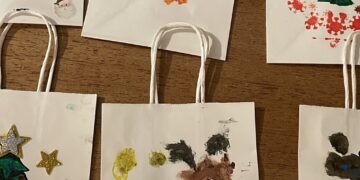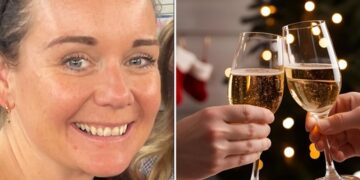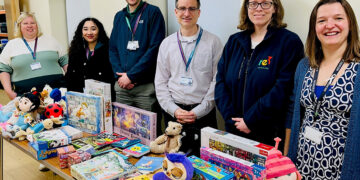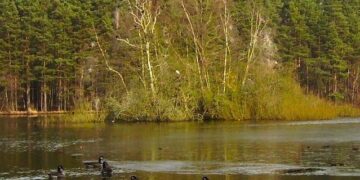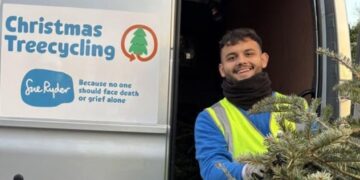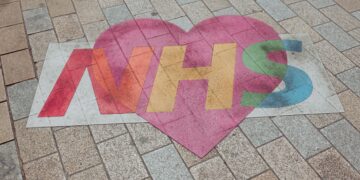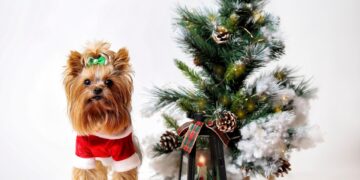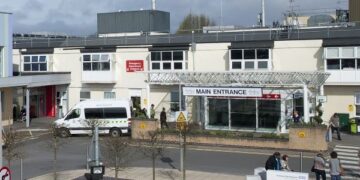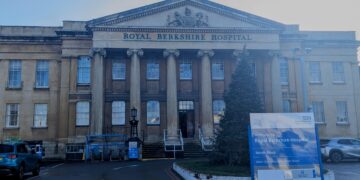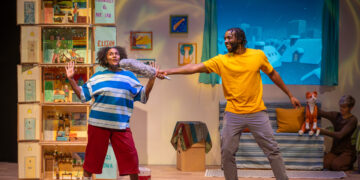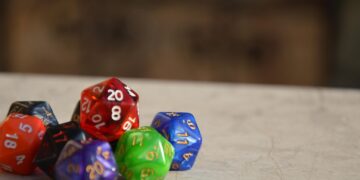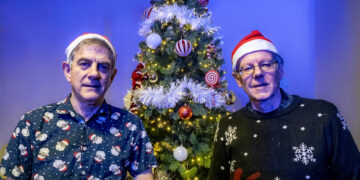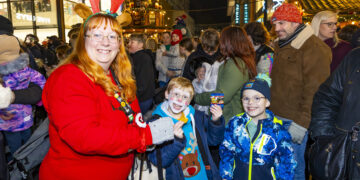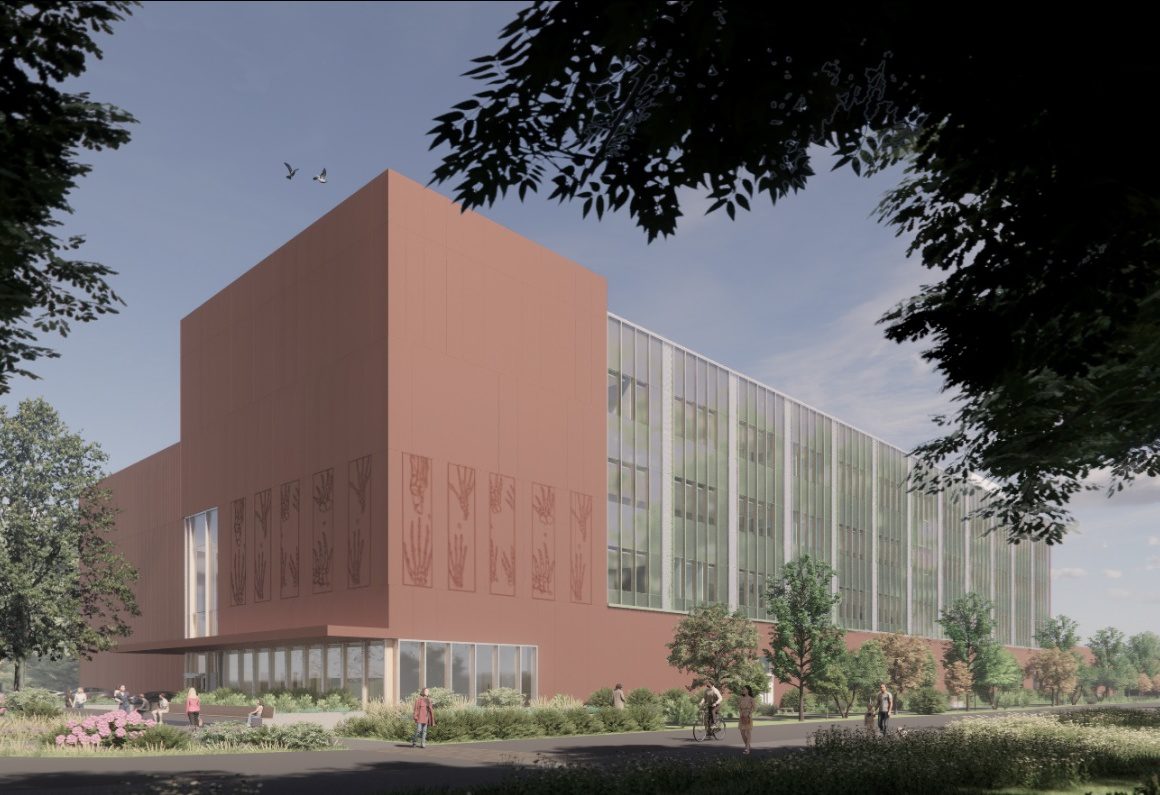MEMBERS of the Shinfield community learned more about the Natural History Museum’s upcoming move to the parish at a public event last Thursday.
Displays presented at the Thames Valley Science Park’s Gateway Building laid out plans for the proposed £200 million facility, with museum and University of Reading staff available to answer visitors’ questions. Residents were also able to get hands-on with artefacts including a mammoth tooth, seal skull and starfish.
With 28 million specimens set to be relocated, subject to planning permission, the move down the M4 will be the museum’s largest for more than 140 years.
The Natural History Museum science and digitisation centre will allow researchers to access and study artefacts using state of the art analytical technologies, helping to further society’s understanding of its most pressing ecological issues.
Tim Littlewood, director of science and NHM Unlocked programme senior responsible owner, said: “Speaking on behalf of the science staff, who are dedicated to the access and usage of our collections, knowing that the collection is going to be in a far better condition and is going to be used more readily and actively is really exciting professionally.
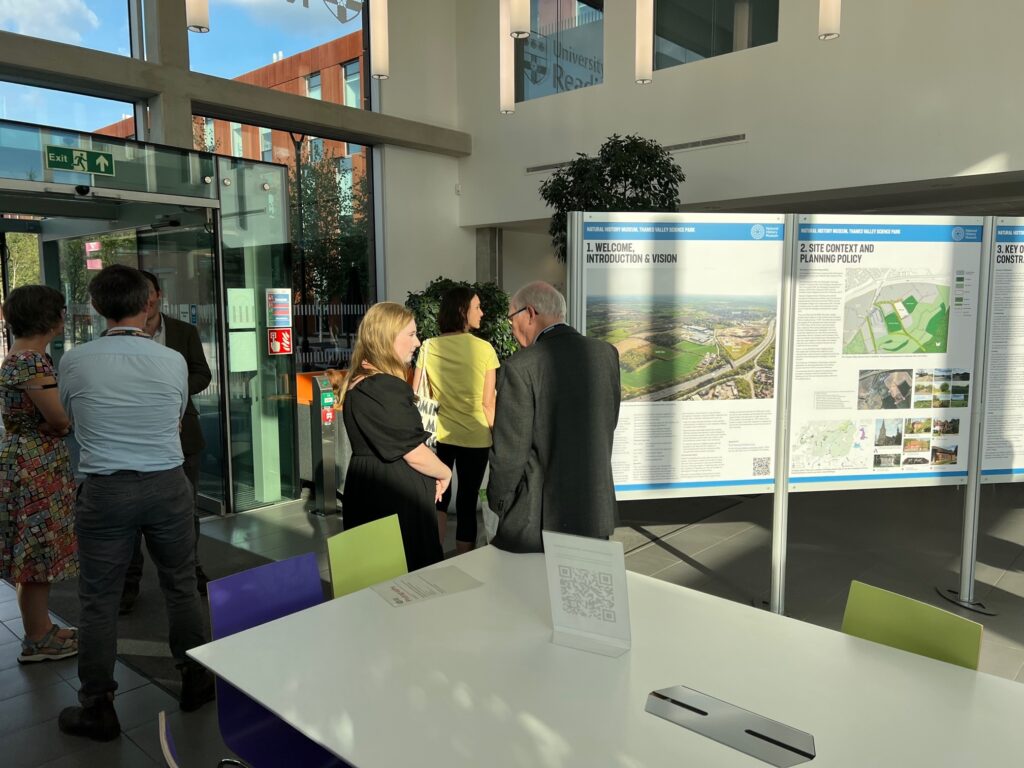
“The fact that the museum is making such a big step change after a considerable amount of time, to really put the collections and the information that comes out of them at the forefront of what we do, to think of ourselves and openly talk about ourselves as a research museum, is really and truly exciting.”
Making the trip from the capital will be collections of mammals, non-insect invertebrates such as corals, crustaceans, molluscs and worms, molecular collections, micropalaeontology and ocean bottom sediments.
The move, entitled the Unlocked programme, will make specimens more physically and digitally discoverable to scientists then they were at an ever-increasingly crowded Natural History Museum site at South Kensington.
Dr Littlewood explained that Thames Valley Science Park, which is owned by the University of Reading, had been considered as a potential relocation site several years ago but it didn’t quite “align” with the museum’s plans at the time.
Now, with a clear focus on creating a centre used for more than just storage purposes, both the geographical location and presence within a science park made TVSP the ideal location.
“The real benefit was when we had the chance to sit down with our colleagues at the University of Reading and realised they had shifted their focus on various aspects of environmental science, climate science, biology, geology and of course arts and humanities associated with the collections we had, we realised we not only aligned but also realised we had the opportunity to be greater than the sum of our parts.”
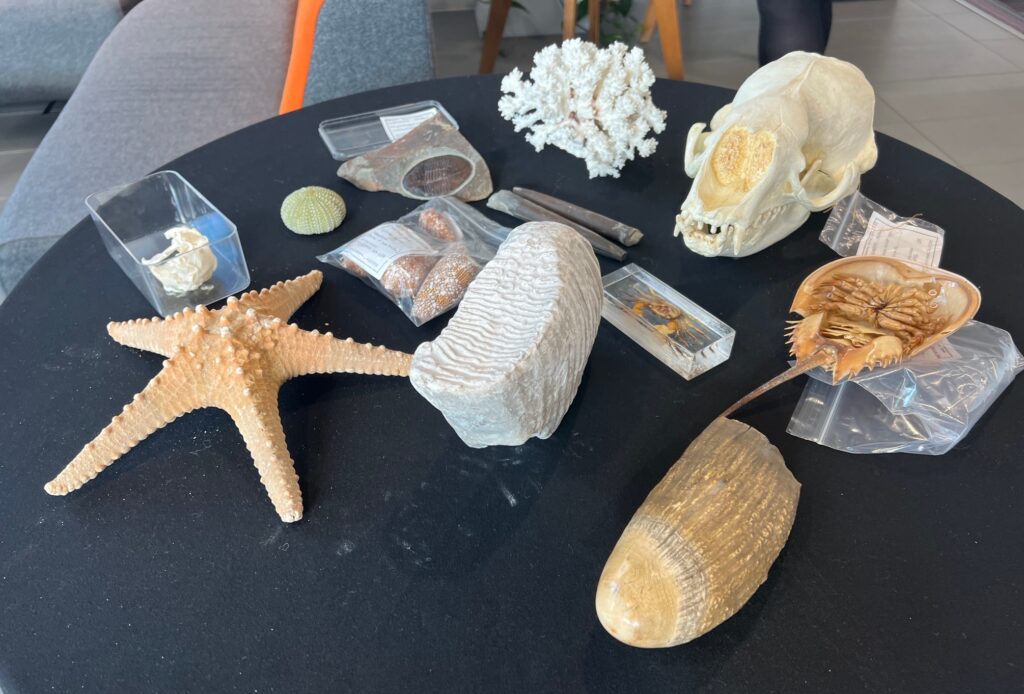
A proposed timeline suggests that the move will be completed in its entirety in 2031, with construction of the facility starting and ending in 2024 and 2027 respectively and the relocation of collection, equipment and people taking place between 2028-31.
Although the facility and the artefacts it holds will not be available for the community to enjoy, the museum is determined to ensure the move brings value to Shinfield through employment and engagement.
Dr Littlewood said: “We are absolutely committed to ensuring that everything we do with the public is working in harmony with local residents, whether it be through STEM education, creating advocates for the planet, to work with local communities and schools to understand their own areas and enthuse everybody into the importance of natural history.”
Prof Tom Oliver, research dean for environment at the University of Reading, added: “It’s great to see this first community engagement. It’s so important what happens here in Shinfield, not only because of the opportunities for the Natural History Museum to be on-site, but also for the landscape around the building and the potential to restore nature.
“There’s an opportunity to do some great stuff when it comes to biodiversity.”
He added that collaborative projects with the museum and other partners, such as Imperial College London, had already started and would continue to grow, exploring disciplines such as computer science, climate, ecology and environment.
“It’s a really great opportunity,” Prof Oliver explained. “We do work on collections-based research at Reading already. We look at where different biological records come from and what that means for the biodiversity of an area, and also how a specimen is collected, asking, ‘What’s the social and cultural history of an artefact?’
“We have the Museum of social history and the Cole Museum of Zoology, so there’s a lot of synergies in the way we do our research and the way researchers in the Natural History Museum operate.”
To find out more about the Natural History Museum’s plans, visit: www.nhm.ac.uk/about-us/science-centre.html

